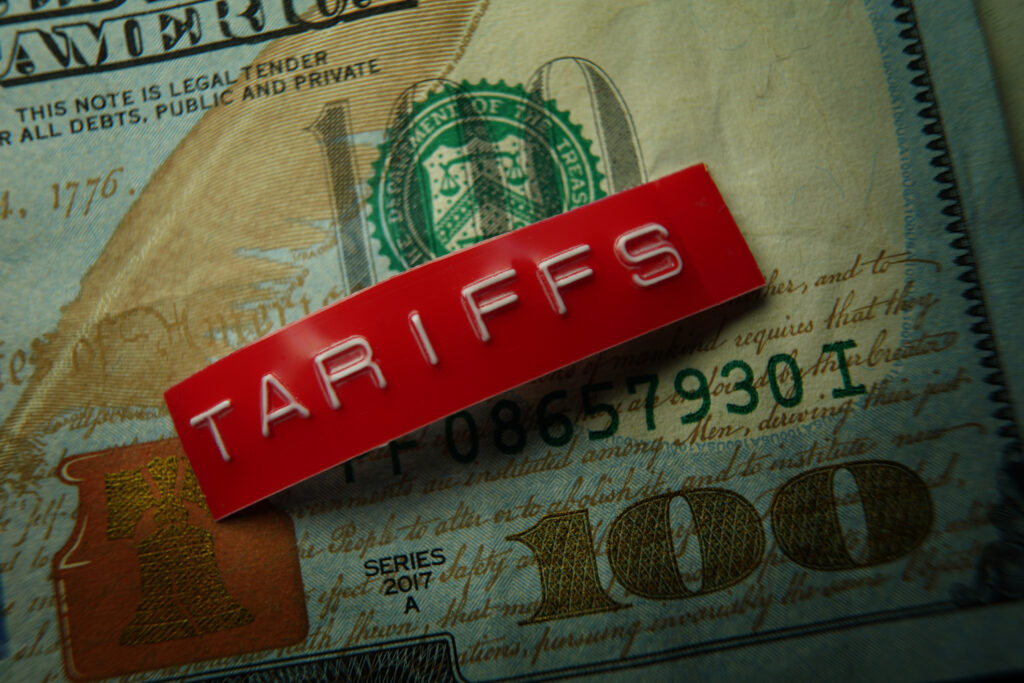The Illinois General Assembly has sent to Gov. Pat Quinn (D) a bill that, among other things, would authorize speed-enforcement cameras on roads within one-eighth of a mile of Chicago’s schools and parks. As 2012 opened, Quinn said he would decide by the end of January whether to sign or veto the bill many critics say appears designed more to boost city fine revenues than to improve safety.
A Chicago Tribune analysis determined approximately 47 percent of the city could be covered by the speed-enforcement cameras. Drivers caught going more than six miles per hour over the speed limit would receive $100 citations.
Chicago Mayor Rahm Emanuel asked for the bill, citing improved pedestrian safety near schools and parks if cameras are installed. The history of similar initiatives, both in Illinois and abroad, indicates money may be the main consideration.
The experience of red-light enforcement cameras lends credence to the idea that Illinois municipalities are motivated by traffic cameras’ revenue rather than safety. The cameras are manufactured and installed by private companies such as RedSpeed Illinois, based in the Chicago suburb of Lombard, and the international safety camera conglomerate Redflex Group. In a typical arrangement, the camera company monitors the cameras and mails tickets to those caught in an intersection on red, taking up to half the ticket revenue in the process.
More Cameras, More Crashes
These companies point to studies showing drops in intersection crash rates after camera installation, but independent studies, such as one conducted in 2008 by the University of South Florida, have found the cameras actually increase traffic accidents due to drivers slamming on the brakes to avoid tickets.
Brian Costin of the Illinois Policy Institute was instrumental in the recent abandonment of red-light cameras by his hometown of Schaumburg, Illinois. When Schaumburg installed its first cameras at a busy intersection in 2009, more than 98 percent of tickets went to drivers turning right on red without a complete stop, something a 2001 National Highway Transportation Safety Administration study found virtually never caused crashes.
In a few months, that one intersection had generated nearly $1 million of ticket revenue.
Camera Backlash
After a public outcry, Schaumburg village officials asked the camera company, RedSpeed, to stop issuing tickets for right-on-red violations. Rather than sort between different types of violations, RedSpeed opted out of its enforcement contract. Presumably, without the cash flow from right-on-red tickets, and with the added burden of differentiating between violation types, the arrangement was no longer profitable for RedSpeed, Costin said.
Schaumburg eventually removed the cameras that, only months earlier, had cost hundreds of thousands of dollars to install.
Costin said if local officials really want to reduce the number of car crashes at intersections, a better alternative is to lengthen yellow lights. Several studies have shown extension of yellow lights decreases the number of motorists who run red lights and reduces accidents by 40 to 80 percent.
Chicago, with 186 red-light cameras, the most in the nation, sets its yellow light duration to three seconds, the bare federal minimum and significantly shorter than in its own suburbs. This increases the number of drivers in intersections during red lights.
Dubious Results
Speed cameras have a similarly dubious history elsewhere. In the United Kingdom, they are ubiquitous. As their political proponents and manufacturers are quick to point out, road accidents in the UK have steadily fallen since speed cameras were first approved in the early 1990s. Here too, some evidence disputes the role speed cameras play in improving road safety.
Accident rates continued to fall even as speed camera use decreased after 2010. According to the UK Department of Transportation, some sites saw an increase in accidents after cameras were installed, despite the nationwide decrease.
The cameras’ link to revenue generation is even more suspicious than their dubious safety record. Since 1993, British local government councils and central planning agencies installed more of the cameras on every type of road in the UK. After Conservatives won control of the British parliament in 2010, their austerity measures forced a reversal. Local councils were forced to stop installing new cameras and cease operating some existing ones.
Suspicious Enforcement
Which cameras they left on is telling. A single camera in Dorset, placed immediately after a road switches from a 50 mph to a 30 mph speed limit, annually issued more than 22,000 tickets for more than £1.3 million ($2 million) in revenue. The area in question has seen only one serious car crash injury since 1999. Even as the cuts forced local councils and “safety camera partnerships” to turn off nearly half of Britain’s 6,000-odd speed cameras, this one remains in operation.
Chicago’s speed camera supporters, including Mayor Emanuel, insist safety is their only interest. Last October, a Freedom of Information Act request by the Chicago Tribune sought internal documents and emails pertaining to the camera project. The request was denied. Despite identifying 1,300 relevant emails, City Hall cited the “deliberative materials” exemption to FOIA in preventing the information’s release.
In evaluating the motives behind the camera flash that may soon follow drivers traveling 26 mph in a 20 mph zone, Chicagoans can rely only on the history of their city government and of other traffic camera implementations.
“If the existing track record of the City of Chicago is any indicator,” said Costin, “this is an attempt to balance the city’s budget on the backs of motorists.”
Ian Mason ([email protected]) writes from Chicago.




